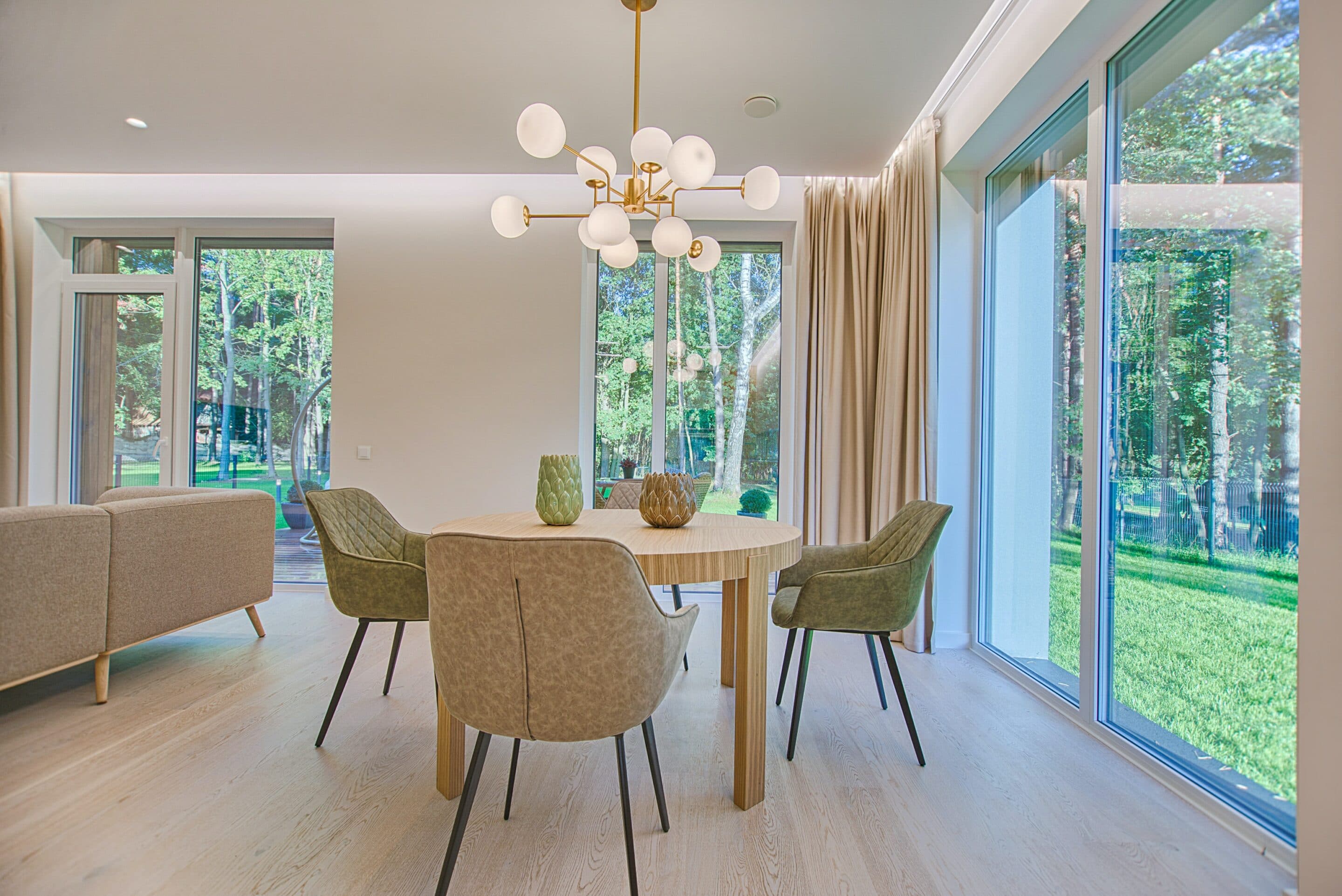Passive House design is a key feature of sustainable residential construction, offering an innovative design solution for those looking to embrace a greener future.
At its core, a Passive House is a construction standard informed by five design principles and adheres to a strict set of criteria. In other words, it’s an official certification that can only be satisfied by following several conditions, most of which are implemented in the framework of the home. The result? A certified Passive House will maximise solar energy, prevent air leakages and reduce the need for heating and cooling systems, offering immediate savings on energy bills.
So, is it worth investing in a Passive House? As a certified Passive House builder, we have the knowledge and expertise to help you design and build a Passive House. Here are some of the main benefits.
1. Efficiency and affordability
A Passive House is designed to be energy-efficient from the very outset, integrating it into the framework of the home. The result is a home that uses 90% less energy than traditionally built houses and 75% less than the average new home built with ‘best practice’ construction techniques.
This means that it is incredibly affordable to run, with low heating and cooling costs that are less likely to fluctuate with the seasons, climate changes or energy prices.
2. Comfort
An essential element of a Passive House is creating an airtight building envelope to prevent any heat escaping or cold air entering. This involves insulating the exterior walls, doors and windows, as well as the roof and subfloor. As a result, this eliminates thermal bridges, the weak points in a build that allow heat to travel through the walls.
Thermal bridge-free construction means there are no hot or cold spots in your home, with consistent temperatures from floor to ceiling. This means your home is comfortable all year long, regardless of where the mercury is sitting outside.
3. Cleaner air
One of the five principles of a Passive House is Mechanical Ventilation Heat Recovery. As the name suggests, this involves incorporating a mechanical ventilation unit that consistently supplies fresh air, without having to open your windows (and thereby lose heat). This same unit removes stale air, but not before extracting the heat to recycle it, while also filtering any air that comes into your home. This results in fewer pollutants and a lower risk of condensation indoors. You can still open your windows but you won’t be so reliant on them for fresh air!
4. Lower noise pollution
The enhanced insulation, high-performance windows and careful sealing of a Passive House doesn’t just stop unwanted heat or cool air entering your home – it stops excess street noise entering as well. This acoustic separation means you can sleep soundly, with less chance of noisy neighbours causing problems.
5. Lower carbon emissions
A Passive House is one of the most effective ways to reduce a home’s environmental impact. In Australia, approximately 40% of a household’s electricity consumption is used for heating and cooling.
With minimal need for air conditioners or artificial heating sources in a Passive House, electricity usage drops significantly, thereby reducing your home’s overall carbon emissions.
—
If you’d like to discover more about building a Passive House, we’re here to help. Contact us to find out more.


